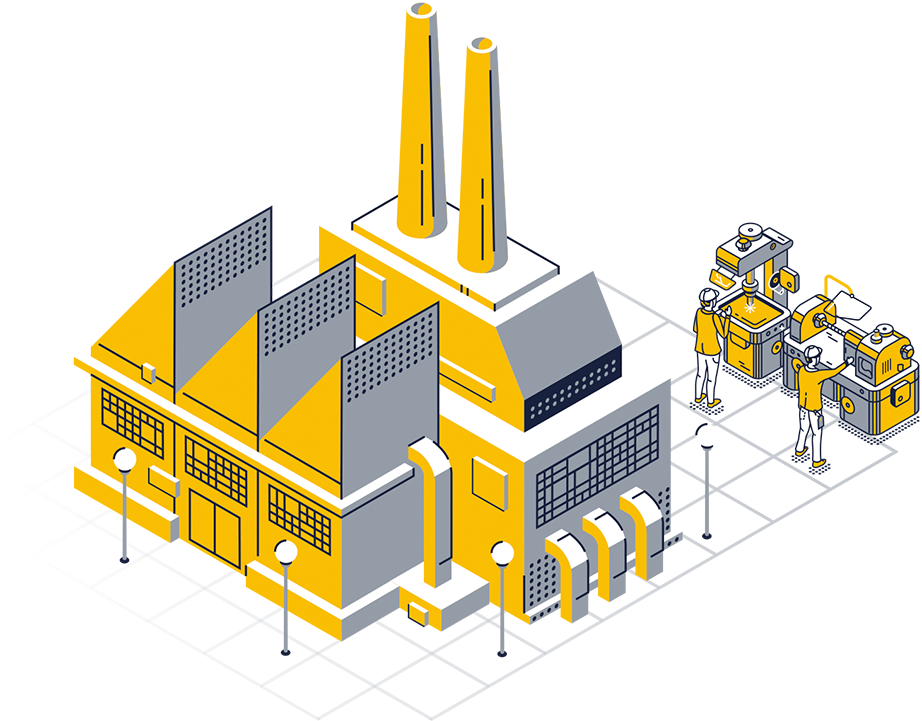June 18, 2019
By: Lyat Avidor Peleg
Machine Learning & the Process Industry: Doing it Right
Machine Learning (ML) holds a great deal of promise for the process industry for improving productivity, but it also faces serious limitations. Companies that want to actualize the potential of machine learning need to fully understand the challenges of the process industry, and the limitations of machine learning in this industry.

Few Historical Examples for Supervised Machine Learning
Plants have a superabundance of data, coming from myriad sensors measuring every aspect of equipment performance. But it suffers from a serious lack of historical examples. Most valve pumps, for example, have never failed, or have failed only once or twice, each time under widely differing circumstances. This means that if you attempt to use supervised machine learning to try to predict future valve pump failures, you’re unlikely to succeed.
Supervised learning requires a minimum number of similar examples of pump failure, each time under similar conditions, in order to produce reliable predictions. But plants don’t have those examples, and even if they did, those examples would be mostly irrelevant. To reapply Tolstoy, “Happy families are all alike; every unhappy family is unhappy in its own way.” Whatever caused a previous failure has now been fixed and is unlikely to recur, so past failures aren’t necessarily the failures of the future.
Too Much Noise for Unsupervised Machine Learning
Some attempt to use unsupervised machine learning to define the “normal” state for the plant, because there are plenty of data and historical examples for “normal.” It’s a relatively straightforward process, using machine learning algorithms. The trouble is that it creates a huge amount of noise. The number of possible states for a plant to be in at any given time is larger than the number of atoms in the universe (!); as a result, an unsupervised machine learning system will continually register anomalies, but few of them would indicate an actual problem.
Some companies try to get around this problem by focusing on just a few assets and cleaning the noise from them. It can be done, but it requires a great deal of manual work to examine, refine, and process the mass of data in order to do so. It’s doable for a few assets, but it’s not scalable for hundreds or thousands of items. Taking this approach would require you to decide in advance which areas of your plant you want to focus on, and ignore the rest, which would lead to missed issues and inaccurate results.
Semi-Supervised Machine Learning is Just Right for Process Plants
So, to (kind of) quote Goldilocks, if supervised machine learning is “too hot,” and unsupervised machine learning is “too cold,” perhaps semi-supervised machine learning will be “just right.”
This is where Precognize’s SAM GUARD fits in. There is another source of data — besides sensor data — that is relevant for ML models, and that is knowledge of the plant. By turning users’ knowledge and ongoing feedback into a mathematical graph that can be automatically combined with its algorithms, SAM GUARD can provide just the “right” number of relevant alerts about anomalies in the plant. This integration of human input into software is a winning combination for process plants, achieving greater accuracy and precision.
In this way, machine learning makes life easier for Ops employees by reducing their workload from having to analyze thousands of tags and alerts, to knowing where to focus their efforts on just a few potential problems.
Benefitting from Machine Learning in Your Process Plant
Implementing predictive analytics or any other machine learning project successfully in the process industry means harnessing analytics and your Ops team together to improve OEE. Since many generic machine learning solutions take the strictly supervised or unsupervised machine learning approach, it is crucial to consider solutions that are tailored for the process industry, and a vendor that has experience in the complex process environment. Expecting to find a solution that removes the human element entirely is unrealistic.





